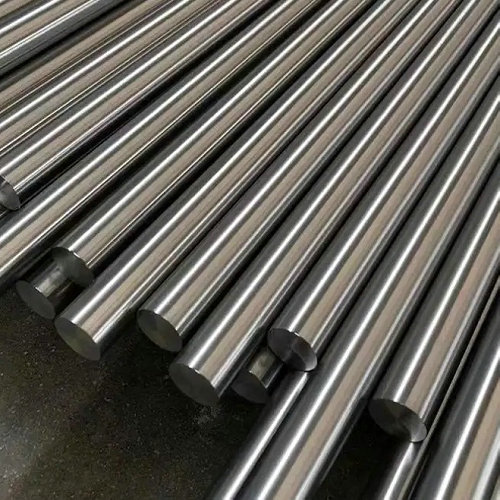
[email protected]
24/7 Customer Support
+86-13761906384
24/7 Customer Support
24/7 Customer Support
24/7 Customer Support
Reliable Alloy Steel Supplier and Manufacturer from China – Huaxiao Metal
Looking for a reliable supplier of high-quality alloy steel at competitive prices? As a professional alloy steel supplier, manufacturer and factory, Huaxiao Metal provides alloy steel in various grades and shapes to meet the diverse needs of various industries around the world. From construction machinery to automobiles and oil and gas, our alloy steel solutions have excellent strength, wear resistance and durability.
| Product Type | Thickness/Size Range | Standard | Common Grades |
|---|---|---|---|
| Plates | 3mm – 150mm | ASTM A387, EN10028 | 42CrMo, 15CrMo |
| Bars | Ø10mm – Ø600mm | ASTM A29, JIS G4053 | 4140, 4340, 20Cr, 40Cr |
| Pipes/Tubes | Ø13.7mm – Ø630mm | ASTM A335, DIN 17175 | 15CrMo, T22, A213 T91 |
| Forgings | As per drawing | Custom | SCM440, 34CrNiMo6 |
Whether you need structural alloy steel, tool steel, or heat-resistant grades, we’ve got you covered.
Contact us today to get the latest alloy steel price! We offer flexible MOQ, volume discounts, and quick response time.
Alloy steel In addition to iron and carbon, a small amount of alloying elements such as chromium and vanadium are added. The effect of these additional elements is to significantly alter the properties of the steels and make them more suitable for specific applications than plain carbon steels. Two widely used alloy steels are:
Huaxiao Metal supplies both low and high alloy steel products, processed according to international standards such as ASTM, DIN, JIS, GB, and EN.
Alloy steel can be divided according to different uses: alloy structural steel, steel used to manufacture mechanical parts and engineering structures; alloy tool steel, steel used to manufacture various tools; special performance steel, steel with certain special physical and chemical properties
They contain more than 12% alloying elements. A 13–18% chromium content (stainless steel) gives good corrosion resistance; austenitic steels with more than 11% manganese give high wear resistance. Some types have good heat resistance and high strength.
These typically contain less than 1.8% nickel, less than 6% chromium and less than 0.65% molybdenum. The tensile strength ranges from 450–620 N mm -2 to 850–1000 N mm -2 .
Alloy steel contains more other elements than carbon steel
Alloy steel refers to steel that contains silicon and manganese as alloying elements or deoxidizing elements, but also contains other alloying elements, and some also contain some non-metallic elements. According to the content of alloy elements in steel, it can be divided into low alloy steel, medium alloy steel, and high alloy steel.
Carbon steel mainly refers to steel whose mechanical properties depend on the carbon content in the steel, generally does not add a large amount of alloying elements, and is sometimes called ordinary carbon steel or carbon steel.
Carbon steel is also called carbon steel, an iron-carbon alloy with a carbon content WC less than 2%. In addition to carbon, carbon steel generally contains a small amount of silicon, manganese, sulfur, and phosphorus. According to the application, carbon steel can be divided into three categories: carbon structural steel, carbon tool steel, and free-cutting structural steel. According to the carbon content, carbon steel can be divided into low carbon steel (WC ≤ 0.25%), medium carbon steel (WC0.25% – 0.6%), and high carbon steel (WC>0.6%) [11]
Generally, the higher the carbon content in carbon steel, the higher the hardness and the higher the strength, but the lower the plasticity.
Tel:+86-21-54725826
Fax:+86-21-54717930
Wechat/WhatsApp:+86-13761906384
Email: sales(at)huaxiaometal.com
Web: www.huaxiaometal.com

WhatsApp us